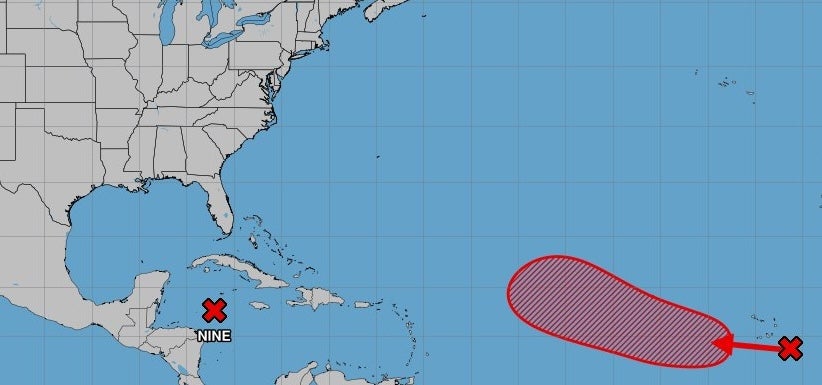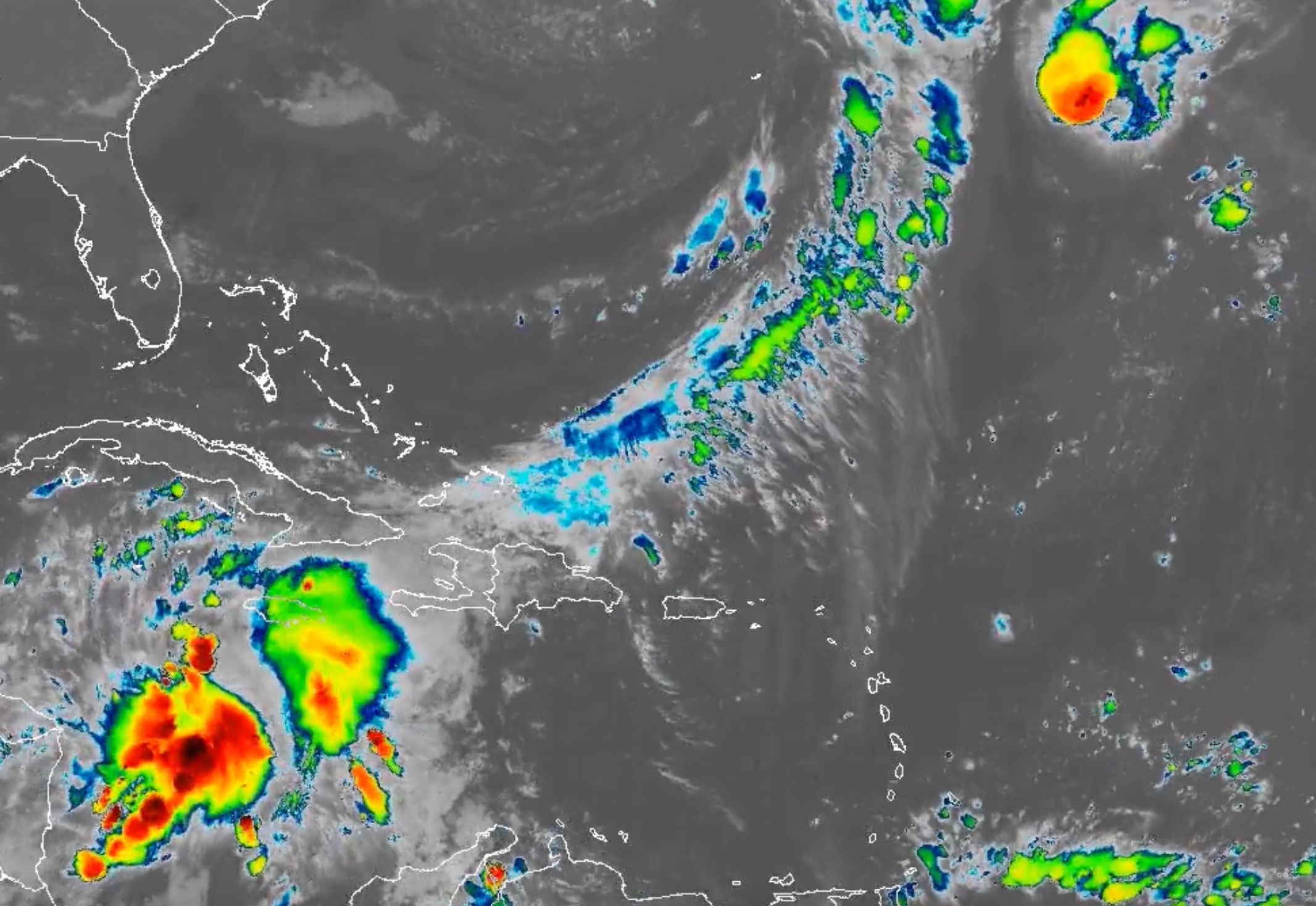Storm could become major hurricane before it hits the Gulf Coast this week
A potential Hurricane Helene could reach the US this week
Your support helps us to tell the story
From reproductive rights to climate change to Big Tech, The Independent is on the ground when the story is developing. Whether it's investigating the financials of Elon Musk's pro-Trump PAC or producing our latest documentary, 'The A Word', which shines a light on the American women fighting for reproductive rights, we know how important it is to parse out the facts from the messaging.
At such a critical moment in US history, we need reporters on the ground. Your donation allows us to keep sending journalists to speak to both sides of the story.
The Independent is trusted by Americans across the entire political spectrum. And unlike many other quality news outlets, we choose not to lock Americans out of our reporting and analysis with paywalls. We believe quality journalism should be available to everyone, paid for by those who can afford it.
Your support makes all the difference.A storm system churning across the Atlantic is forecast to hit Florida and the Gulf Coast as a potential hurricane later this week.
Potential Tropical Cyclone Nine, which was moving around 350 miles south-southeast of the western tip of Cuba late Monday morning, is anticipated to strengthen into Hurricane Helene by Wednesday morning as it heads northward throughout the week.
The National Hurricane Center issued hurricane watches and tropical storm warnings, as the storm moved toward Cuba and Mexico. Its maximum sustained winds were 30 miles per hour, with some higher gusts.
The agency warned it was expected to be near hurricane strength by Tuesday night, when it reaches the far northwestern Caribbean Sea.

While over western Cuba, the storm is likely to bring heavy rain, leading to flooding and possible mudslides.
It will likely intensify while moving northward over the eastern Gulf of Mexico, and could become a major hurricane when it reaches the northeastern Gulf Coast of the US on Thursday.
States in the northern and northeastern part of the region could see a risk of life-threatening storm surge and damaging hurricane-force winds.
From Tuesday into Wednesday, the Florida Keys could experience fierce winds, along with downpours.
The Florida Panhandle and portions of Florida’s west coast will also be affected, but the magnitude and location of those impacts are not yet clear.

Residents are advised to monitor the latest forecast updates and ensure that they have a plan in place for a hurricane.
This comes just days after an unnamed storm, known as Potential Tropical Cyclone Eight, swept the Carolinas and Southeast, bringing historic rain and flooding. In Carolina Beach, a thousand-year rainfall event brought 18 inches over just 12 hours.
Earlier in the month, Hurricane Francine made landfall in Louisiana as a Category 2 storm, knocking out power for hundreds of thousands of customers and inundating the state’s southern communities with widespread flooding.
Francine came after a lull in the Atlantic hurricane season that left many scratching their heads. This year is forecast to be above average for named storms. The climate crisis is making storms more intense, with more rainfall and flooding risks.
The Independent will be revealing its Climate100 List this week and hosting an event in New York, which can be attended online.
Join our commenting forum
Join thought-provoking conversations, follow other Independent readers and see their replies
Comments